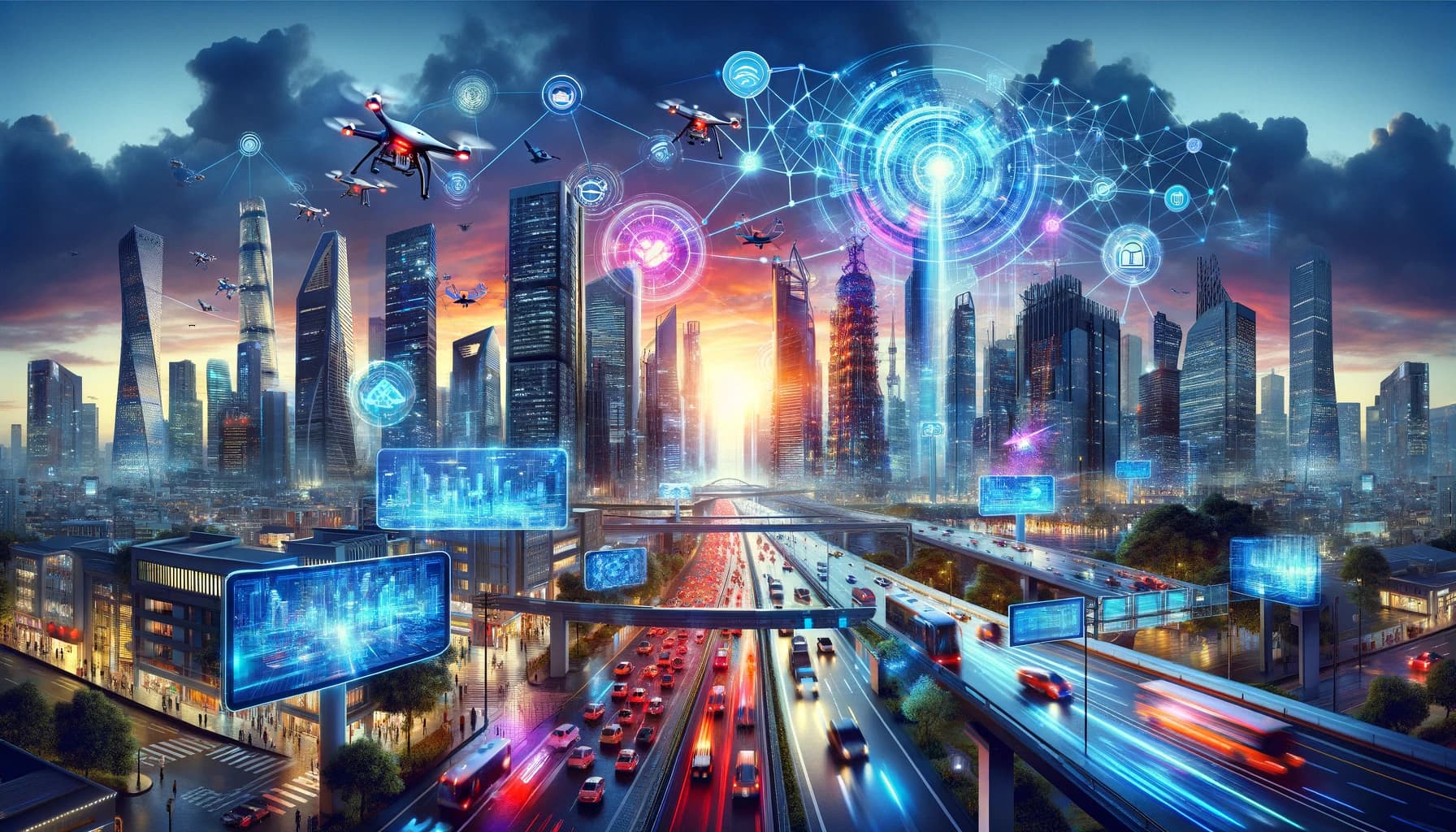Exploring the Impact of Modern Technologies
Modern technology has reshaped every aspect of our lives, from how we communicate to how we work and play. This article delves into several key technologies that are at the forefront of this transformation.
Understanding Computer Vision
Computer vision technology has become a cornerstone of advancements in AI, enabling machines to interpret and understand the visual world. This technology powers applications from facial recognition to automated surveillance systems. To learn more about securing your applications, visit Secure Coding Guidelines for Mobile Applications.
The Rise and Transformation of Artificial Intelligence
Artificial Intelligence has transcended beyond the confines of laboratories and tech startups into the global mainstream, influencing everything from how we manage our homes to transforming industries. At its core, AI involves creating machines that can perform tasks that typically require human intelligence. These tasks include decision-making, object recognition, and even speech recognition. Today, AI is not just a facilitator of better technology; it’s a catalyst for innovation across multiple sectors.
One of the most visible implementations of AI is in personal assistants like Siri and Alexa, which use voice recognition and natural language processing to interpret and respond to user commands. But AI’s influence stretches far beyond, impacting sectors such as healthcare, where it’s used to predict patient diagnoses faster than medical professionals, and in automotive industries through the development of self-driving cars.
AI’s role in business optimization cannot be overstated. Companies utilize AI to analyze vast amounts of data quickly and efficiently, leading to better decision-making and increased operational efficiencies. This capability is vital in a data-driven world where businesses must rapidly adapt to market changes and consumer needs.
Computer Vision: Seeing the World Through the Eyes of Technology
Computer Vision is a fascinating subset of AI that enables machines to interpret and understand the visual world. Using digital images from cameras and videos and deep learning models, computers can identify and classify objects, and then react to what they “see.” From Snapchat filters to sophisticated surveillance systems, computer vision is increasingly integral to both trivial and critical applications.
Its practical applications are widespread. In retail, computer vision technology is used for inventory management and customer service, such as through Amazon’s cashier-less stores, which track what items customers pick up in real-time. In agriculture, farmers use drones equipped with computer vision to monitor crop health and optimize water usage, significantly improving crop yields and sustainability.
The potential of computer vision extends even further into the medical field, where it aids in diagnosing diseases by analyzing medical images with a precision and speed unattainable by human eyes. It’s a powerful tool that’s only beginning to tap into its vast potential to revolutionize various industries.
Internet of Things (IoT): A Connected World
The Internet of Things refers to the billions of physical devices around the world that are now connected to the internet, all collecting and sharing data. Thanks to the advent of super-cheap computer chips and the ubiquity of wireless networks, it’s possible to turn anything, from something as small as a pill to something as big as an airplane, into a part of the IoT. This connectivity helps to make the world around us more responsive, merging the digital and physical universes.
IoT is making everyday objects ‘smarter,’ thus improving efficiency and effectiveness. Smart thermostats like Nest adjust energy use in real time, and smart refrigerators can help manage inventory and order groceries. On a larger scale, IoT devices can help monitor environmental conditions, enhance urban planning, and make industrial farming more precise.
The Internet of Things (IoT)
The IoT connects everyday objects to the Internet, allowing them to send and receive data. This interconnectedness is not only making our homes smarter but also enhancing efficiency in industries by enabling automated and remote operations.
- Smart Home Devices
- Industrial Automation
- Wearable Technology
Enhancing Cooling Techniques for Your PC
With rising temperatures, maintaining your computer’s performance by effective cooling is crucial. Techniques include proper placement to avoid overheating and optimizing your system’s settings to reduce heat output without sacrificing performance.
| Method | Description | Impact |
| System Placement | Position away from sunlight and ensure good airflow | Reduces overheating risk |
| Settings Adjustment | Lower running frequencies during high temperatures | Balance between performance and cooling |
Virtual and Augmented Realities
VR and AR are reshaping entertainment and business applications by creating immersive and interactive environments. These technologies provide exciting opportunities for growth across multiple sectors.
FAQs About Modern Technology
What is computer vision?
Computer vision is a field of AI that trains computers to interpret and process visuals from the world around them.
How does IoT benefit daily life?
IoT technology makes daily tasks more convenient through smart devices and helps industries in monitoring and automation.
What are the advantages of VR and AR?
These technologies offer immersive experiences and practical applications in training, education, and entertainment.
For further insights into cybersecurity for viewers of digital content, check out Digital Defense: A Guide to Cybersecurity Serials for Every Viewer.

